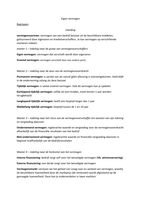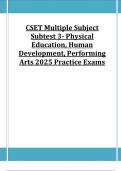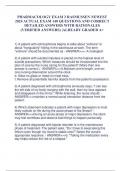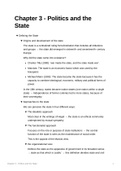College aantekeningen
Complete summary of all the chapters and articles + class powerpoints and anotations
- Vak
- Instelling
This is a COMPLETE and organized summary of all required chapters of the book ("Miller, DC & Maricle, DE (2019). Essentials of school neuropsychological assessment - third edition. John Wiley & Sons, Inc., USA) and the required articles of the school neuropsychology course. It is also included the ...
[Meer zien]












